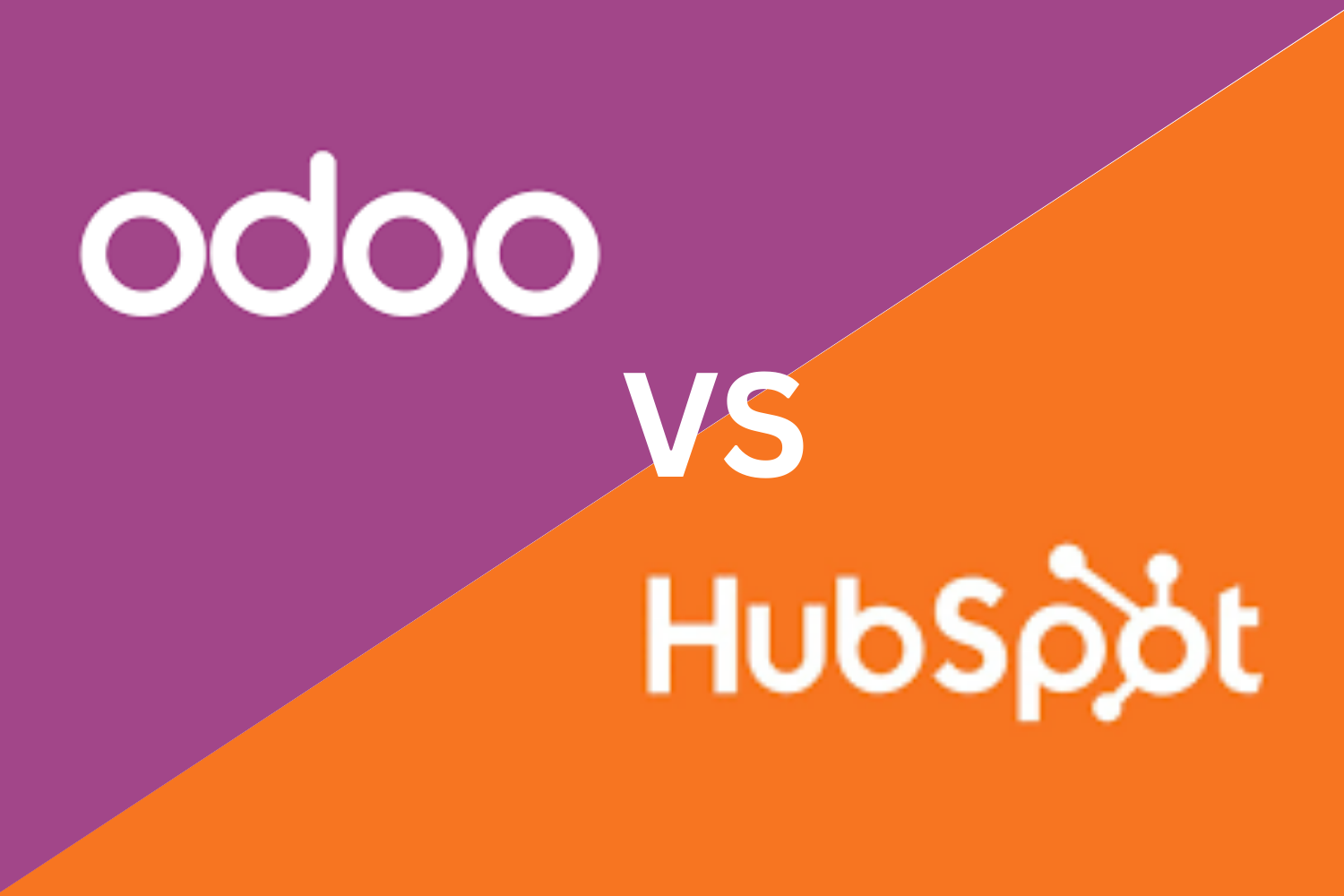Inventory vs Questionnaire—two terms often used in data collection, but they serve different purposes. An inventory is a structured list that records facts, items, or characteristics. It focuses on measurable data, such as stock levels, personal traits, or resources. A questionnaire, on the other hand, is a set of questions designed to gather opinions, experiences, or preferences from people.
The main difference lies in what they collect and how they do it. Inventories document objective facts—things that exist or can be counted. Questionnaires seek subjective responses, capturing what people think, feel, or prefer.
What Is an Inventory?
An inventory is a structured record of items, characteristics, or facts. Unlike a questionnaire, which gathers opinions, an inventory deals with measurable data—things you can see, count, or categorize.
Inventories appear in different fields. In business, they track products in stock. Psychologists list personality traits. In education, they assess skills or knowledge. No matter the use case, an inventory helps in organizing and analyzing concrete information rather than opinions.
What Is a Questionnaire?
A questionnaire is a tool for collecting opinions, experiences, or feedback through a set of questions. Unlike an inventory, which records facts, a questionnaire gathers subjective responses—what people think, feel, or prefer.
Questionnaires come in many forms. Businesses use them for customer feedback. Researchers use them to study behavior. Employers use them to assess job satisfaction. The goal is always the same: to understand perspectives and gather insights that numbers alone can’t explain.
If you need facts, use an inventory. If you need opinions, use a questionnaire.
When to Use an Inventory vs a Questionnaire
To make it short, choosing between an inventory and a questionnaire depends on the type of information you need.
Use an Inventory When:
- You need a structured list of facts or items.
- You’re tracking physical stock, personality traits, or skill sets.
- Data must be measurable, consistent, and objective.
Use a Questionnaire When:
- You need opinions, experiences, or feedback.
- You’re conducting surveys, studying behavior, or measuring satisfaction.
- Data depends on personal perspectives and requires interpretation.
Examples and Real-World Applications
Understanding how inventories and questionnaires work in real situations makes their differences clearer.
Inventory Example
A retail store creates an inventory of all products, including item names, quantities, and prices. This helps the store know what is in stock and when to reorder.
Questionnaire Example
The same store uses a customer satisfaction questionnaire. It asks customers about their shopping experience, product quality, and service. The answers guide improvements.
More Applications
In education, an inventory might list a student’s skills, while a questionnaire could ask about learning preferences.
In psychology, an inventory records personality traits, while a questionnaire explores feelings or opinions.
In human resources, inventories list employee qualifications, while questionnaires gather feedback on workplace satisfaction.
Conclusion
Inventories and questionnaires serve different purposes. One captures facts, the other gathers opinions. Knowing when to use each ensures accurate data collection and better decision-making. Whether managing stock, assessing skills, or collecting feedback, choosing the right tool simplifies the process and improves results.





